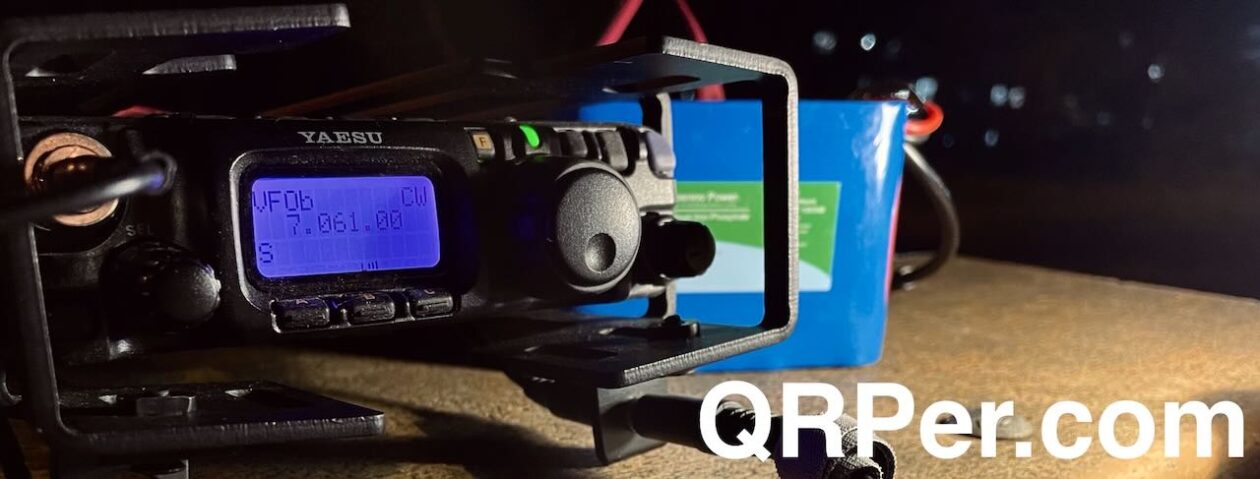
As I mentioned in my recent AX1 vs AX2 video and blog post, I purchased an Elecraft AX2 antenna and bi-pod in late January (note: two days before Elecraft announced their February ’23 sale price! Doh!).
I received the AX2 package a few days later and I was certainly eager to take it to the field.
My first opportunity came on Tuesday, February 14, 2023, when a short activation window opened up in the afternoon.
Zebulon B. Vance Birthplace (K-6856)

One of the first things I noticed after taking the AX2 out of the package is just how solid and compact it is. The AX1 is short, but the AX2 is a few inches shorter because the base is more compact.
Unlike the AX1, the AX2 is a mono band antenna, thus the coil only needs to accommodate one band. When you receive a new AX2, it’s configured for 20 meters out of the box, but the user can modify the coil to work anything from 20 to 6 meters.
“Resonant-ish”
 Even though I mentioned this in my AX1 v AX2 article and video, I’d like to reiterate that the AX2 is nearly-resonant on 20 meters. It is not reliably resonant.
Even though I mentioned this in my AX1 v AX2 article and video, I’d like to reiterate that the AX2 is nearly-resonant on 20 meters. It is not reliably resonant.
I’ve still been receiving a lot of messages from readers stating that their AX2 and AX1 are resonant on 20 meters, so they don’t pack any sort of matching device in their field kit. They simply hook the AX2 up to their little QRP radio and hop on the air.
While it’s true that these antennas may provide an acceptable SWR most of the time, you really can’t rely on a solid, reliable match as you could with an end-fed half-wave.
I’ll repeat what I mention in a previous post:
Small verticals like the AX1 and AX2, that use coils to electrically “lengthen” the antenna, have a higher Q than, say, a large aperture quarter or half wave antenna. In practical terms, this means that the window of resonance is narrow and more fickle than, for example, an end-fed half-wave.
A lot of factors can affect the SWR on higher-Q antennas like the AX1/AX2 including:
-
-
- the type of terrain,
- height off the ground,
- length of counterpoise,
- configuration of counterpoise,
- and, most notably, the operator’s own body capacitance.
You may find that the AX2, for example, is natively resonant on 20 meters at one location, but isn’t at another location. This is quite normal. It’s also the reason why Elecraft states that both antennas are designed to be used with an ATU.
So there you go! If I hook up my AX1 or AX2 to a radio, I’ll always have some means of matching the impedance–either an external ATU, or a capacity hat. You can also tinker with the length of the telescoping whip and counterpoise to tweak the match.
The important part–especially if pairing these antennas with a radio that lacks both an internal ATU and SWR meter (say, the MTR-3B, G106, or TR-35)–is that you’ve some means to check the SWR before conducting a long activation session. Continue reading Breaking in the new Elecraft AX2 during a short POTA activation →




























